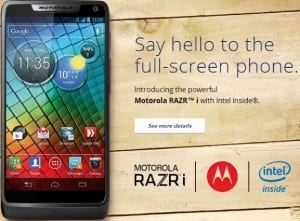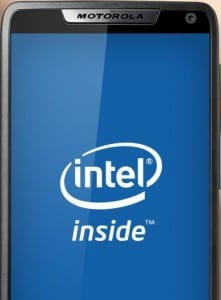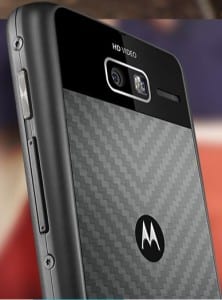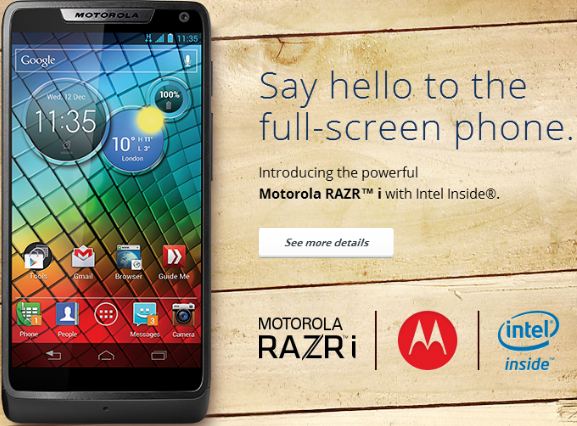 Motorola has been very busy lately. Following their release of their top of the line triple RAZR attack, they are now planning to hit another first in the smartphone business. They now hold the title of the first to launch an Intel-powered smartphone, based on the Medfield architecture.
Motorola has been very busy lately. Following their release of their top of the line triple RAZR attack, they are now planning to hit another first in the smartphone business. They now hold the title of the first to launch an Intel-powered smartphone, based on the Medfield architecture.
The new device, named the Motorola RAZR I, which presumably stands for Intel, is powered by a 2 GHz Intel based processor. The new processor is said to be so efficient, that it will allow the device to last for up to 20 hours. It is a single core processor, but it uses Intel’s Hyperthreading technology, which allows a single core to function like dual core device.
The processor is said to be able to squeeze about 40% more life out of the battery found in the iPhone 4S, and is capable of launching the 8 megapixel camera in less than a second.
 The Motorola RAZR I will have a Super Amoled display, measured at 4.3 inches. It is in a similar form factor to the iPhone 5 but wider. The new RAZR uses a near edge to edge glass display.
The Motorola RAZR I will have a Super Amoled display, measured at 4.3 inches. It is in a similar form factor to the iPhone 5 but wider. The new RAZR uses a near edge to edge glass display.
It makes use of Motorola’s tried and tested Kevlar backing, and Motorola assured us that the device was splash proof. Just make sure you don’t actually dip the device in water.
It is currently powered by Android 4.0, which will have a Jelly Bean update in the future. The official release date is in October, and it will be available in European markets.
The Motorola RAZR I is the first step that Intel needs to break into the smartphone market. Due to the rapid decline of the PC market, Intel is looking at large losses unless they start moving on to the next big thing in computing – mobile devices. This would range from smartphones to tablets, which is the common form of computing and means of media consumption that the world’s consumers use.
It is too soon to say if the PC era is coming to an end. Sure, it is declining, but there is still no substitute to a full powered PC for high power tasks. For daily drivers, however, our smartphones and tablets fill the need quite perfectly.
 Intel has let ARM steal the show in the mobile market for a long time now. Realizing their mistake, they now enter the scene where they should have been in years ago. Thanks to the advancement in low power processing chips, Intel can now break into the mobile market with ease.
Intel has let ARM steal the show in the mobile market for a long time now. Realizing their mistake, they now enter the scene where they should have been in years ago. Thanks to the advancement in low power processing chips, Intel can now break into the mobile market with ease.
If the promise of low power consumption for high power output rings true, Intel may as well have reinvented the smartphone once more. After all, the biggest problem brought about by the Smartphone revolution was the rise of low battery life devices due to the high power needs of the operating system as well as the many apps and features each device provides. Will Intel power next year’s most powerful devices?
Image source: razri.com
















